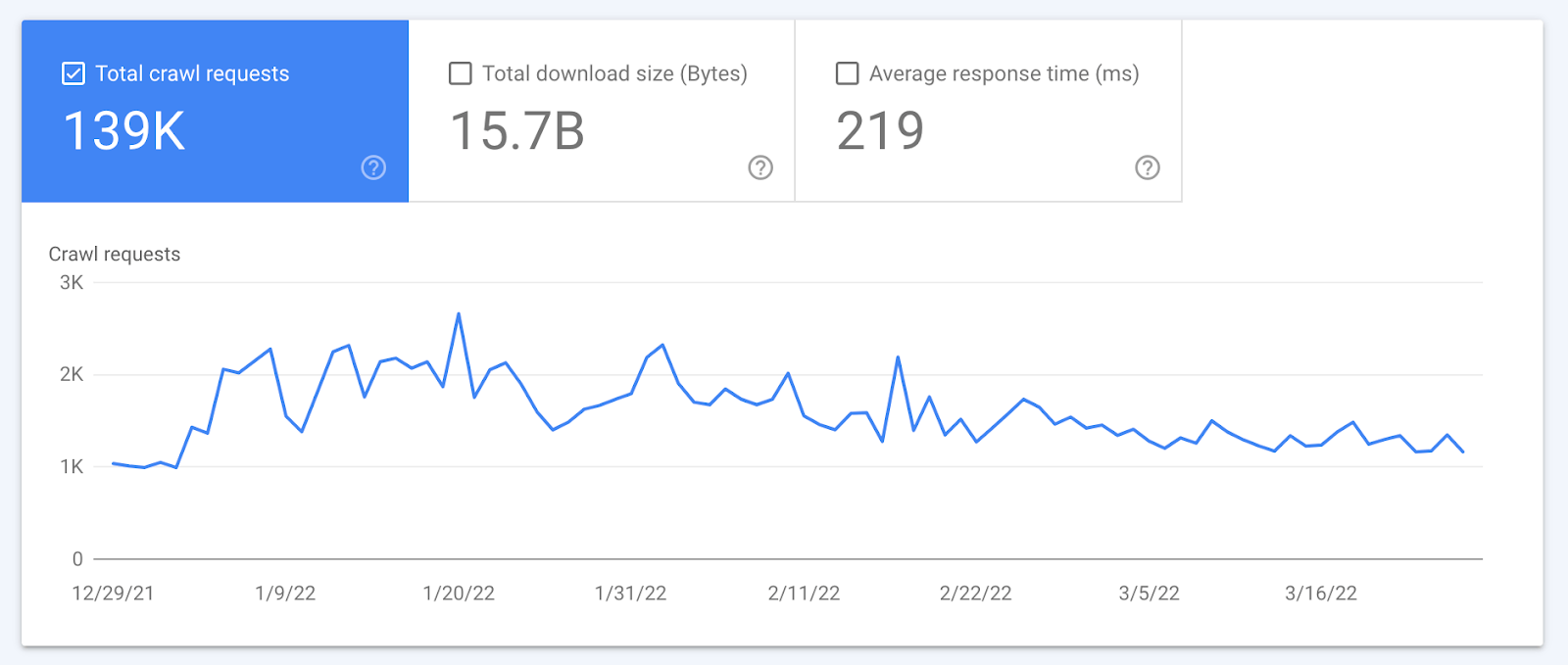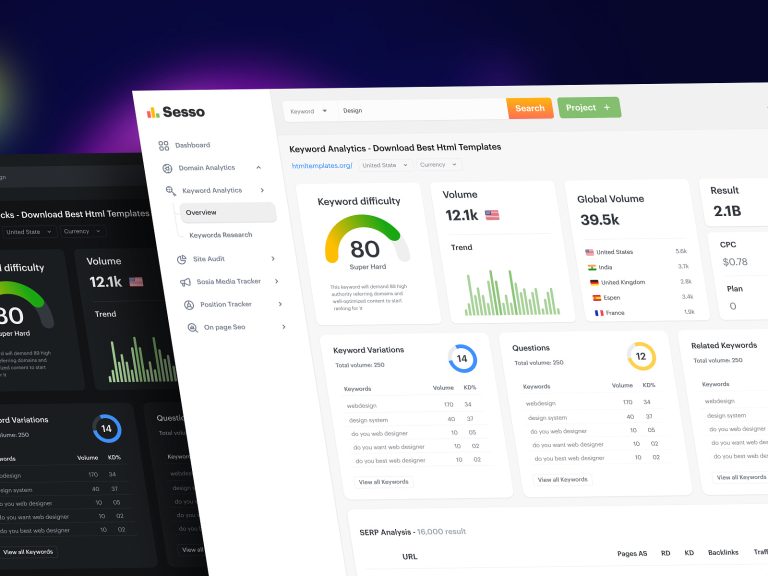
In the ever-evolving world of digital marketing, keyword mapping has become a cornerstone of effective search engine optimization (SEO) strategies. As businesses strive to improve their online visibility and attract more organic traffic, understanding and implementing keyword mapping is essential. This article will explore what keyword mapping is, why it’s important, and how to use it effectively for SEO success.
Understanding Keyword Mapping
At its core, keyword mapping is the process of assigning specific keywords or phrases to individual pages or pieces of content on your website. It’s like creating a map that guides search engines and users to the most relevant content based on their search queries. By aligning your content with the right keywords, you make it easier for search engines to understand and index your content, which can significantly improve your website’s visibility in search results.
Why Is Keyword Mapping Important?
Keyword mapping is not just a technical exercise; it plays a crucial role in various aspects of your digital marketing strategy. Here are some key reasons why it’s important:
1. Improved SEO Performance
Effective keyword mapping is the foundation of a successful SEO strategy. By aligning your content with relevant keywords, you increase the chances of ranking higher in search engine results pages (SERPs). When your content matches the user’s search intent, it’s more likely to be clicked on and shared, further boosting your SEO efforts.
2. Enhanced User Experience
Keyword mapping goes beyond just SEO—it also improves the overall user experience on your website. When users can easily find the information they’re looking for, they’re more likely to stay longer, explore more pages, and convert into customers. Mapping keywords to specific pages ensures that visitors land on content that directly addresses their needs and interests.
3. Targeted Content Creation
Keyword mapping is a valuable tool for content creation. It helps you identify content gaps and opportunities by highlighting areas where you can create new, relevant content. By knowing which keywords are assigned to each page, you can tailor your content to match those keywords, increasing its relevance and usefulness.
4. Strategic PPC Campaigns
If you’re running pay-per-click (PPC) advertising campaigns, keyword mapping is equally important. It allows you to create highly targeted ad groups, ad copy, and landing pages based on the keywords you’re bidding on. This precision not only improves ad relevance but also helps you achieve a higher Quality Score and lower ad costs.
5. Tracking and Analysis
Keyword mapping provides a clear structure for tracking and analyzing the performance of your keywords and content. You can measure the success of specific pages, keyword groups, and overall SEO efforts. This data-driven approach allows you to make informed decisions and refine your strategy over time.
How to Do Keyword Mapping Effectively

Now that you understand the importance of keyword mapping, let’s explore the steps to do it effectively:
1. Conduct Keyword Research
Start by conducting comprehensive keyword research to identify relevant keywords for your industry and target audience. Use keyword research tools and competitor analysis to uncover high-potential keywords. This step is crucial because it lays the foundation for your entire keyword mapping strategy.
2. Group Keywords
Categorize keywords into clusters based on their relevance and search intent. Grouping keywords helps you create a more organized and focused keyword mapping strategy. For example, if you’re targeting “digital pianos,” you might group related terms like “buy digital piano,” “best digital pianos,” and “how to choose a digital piano.”
3. Assign Keywords to Pages
Match each keyword cluster with specific pages or pieces of content on your website. Ensure that the content on these pages aligns with the assigned keywords. This step ensures that your website’s structure is optimized for both search engines and users.
4. Optimize On-Page Elements
Optimize on-page elements such as titles, meta descriptions, headers, and content to include the assigned keywords naturally. Ensure that the content provides value to users. For instance, if your primary keyword is “digital piano reviews,” make sure it appears in your title, meta description, and throughout the content.
5. Monitor and Adjust
Regularly monitor the performance of your mapped keywords and pages using analytics tools. Make adjustments as needed to improve rankings, user experience, and conversions. This ongoing process ensures that your keyword mapping strategy remains effective and up-to-date.
The Role of Keyword Mapping in Content Strategy

Keyword mapping is not just about SEO; it’s also a critical component of your overall content strategy. By mapping out your keywords, you can better plan and organize your content, ensuring that it aligns with your business goals and audience needs.
1. Website Structure
Keyword mapping helps you visualize the relationship between your target keywords and the pages on your website. This visualization allows you to create a clear hierarchy of content, making it easier for both search engines and users to navigate your site.
2. Backlink Profile
A well-structured keyword map can also help you build a stronger backlink profile. By focusing on relevant keywords and creating high-quality content around them, you increase the likelihood of other websites linking to your content, which can further boost your SEO efforts.
3. Content Silos
Content silos are a method used in SEO that involves structuring your content around keyword-based themes. By mapping out your keywords, you can create content silos that group related topics together, making it easier for search engines to understand the context of your content.
4. Internal Linking
Keyword mapping also facilitates internal linking, which is essential for improving user navigation and distributing link equity across your website. By interlinking related content, you can guide users to the most relevant pages and improve your site’s overall SEO performance.
Best Practices for Keyword Mapping

To ensure that your keyword mapping strategy is effective, consider the following best practices:
1. Focus on Search Intent
Understanding the search intent behind each keyword is crucial. Different keywords may have different intents, such as informational, navigational, transactional, or commercial investigation. Align your content with the intent of the keywords to provide a better user experience and improve your rankings.
2. Avoid Keyword Cannibalization
Keyword cannibalization occurs when multiple pages on your website target the same keyword, leading to competition among your own pages. To avoid this, ensure that each keyword is mapped to a single, relevant page. This helps prevent confusion for both search engines and users.
3. Regularly Audit Your Content
Conduct regular audits of your existing content to ensure it aligns with your keyword mapping strategy. Identify areas where you can create new content or update existing pieces to better match the assigned keywords.
4. Use Tools to Simplify the Process
Several tools can help streamline the keyword mapping process. For example, tools like SurgeGraph offer features that allow you to conduct keyword research, group keywords into content silos, and track the performance of your mapped keywords. These tools can save you time and improve the accuracy of your keyword mapping strategy.
Conclusion
In the ever-evolving landscape of digital marketing, keyword mapping remains a fundamental and powerful strategy. It not only enhances your SEO performance but also improves the user experience, guides content creation, and supports strategic PPC campaigns. By following the steps outlined in this guide on how to do keyword mapping effectively, you can ensure that your digital marketing efforts are well-structured, data-driven, and poised for success.
Remember, keyword mapping is not a one-time task; it requires ongoing optimization and adaptation to stay competitive and relevant in the digital arena. So, embrace the power of keyword mapping, and watch your digital marketing efforts soar to new heights.






